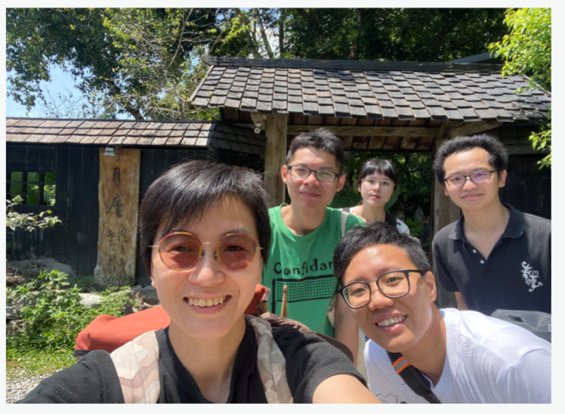Proteasome Transport in the Maturing Axon
The ubiquitin proteasome system, which constitutes the cellular machinery governing local protein turnover and antigen presenting process, also contributes to axon growth and guidance. We discovered in the growing axons that the 26S proteasome adaptor Ecm29 binds to the retrograde transport motor dynein. We also identified a gradient of proteasome abundance from lowest at the axonal tip to highest near the soma in a single newborn neuron. The resulting proteasome gradient can serve as an efficient longrange inhibitory mechanism, required for proper neuronal polarization. We also discovered that developing neurons regulate NKCC1 levels and the GABA response by localizing the protein-degrading proteasome to the axon initial segment (AIS), a specialized membrane domain that forms around the same time as the GABAergic switch. We provide a developmental mechanism linking timing of AIS formation, proteasome transport, and subcellular proteostasis to the critical window of the GABAergic switch, which governs excitability of maturing hippocampal/cortical neurons and is mediated by Ecm29. Our current investigations are aimed at understanding the molecular mechanism by which Ecm29 modulates antigenic landscape of the brain.
Soft Tissue/Substrate Environments Permit Brain Cell Morphogenesis
Mechanobiology is an emerging field that embraces knowledge obtained from biophysics, biomaterial science, and physiology. We used a mechanobiological approach to show that the stiffness of a cellular environment strongly impacts neurite behavior. We also provided mechanistic insights that linked stiffness with the adhesion and endocytosis machineries, opening up a new avenue to studying how neurons and other brain cells adjust gene expression to membrane mechanics in different physical environments.
- PDF, 2006-2011, Dept. Mol. & Cell. Biol., UC Berkeley, USA
- Ph.D., 2004, Insti. Biochem., Natl. Yang Ming Univ.
- BS, 1998, Med. College, Med. Tech., Natl. Cheng Kung Univ.
- 2018-2022, Academia Sinica Career Development Award
- 2019, Academia Sinica Early-Career Investigator Research Achievement Award
- Cheng, P.-L., Lu, H., Shelly, M., Kao, H.-F., Poo, M.-M. (2011) Phosphorylation of E3 ligase Smurf1 switches its substrate preference in support of axon development. Neuron 69: 231-243.
- Cheng, P.-L., Song, A.-H., Wong, Y.-H., Wang, S., Zhang, X., Poo, M.-M. (2011) Self-amplifying autocrine actions of BDNF in promoting axon growth. Proc. Natl. Acad. Sci. 108:18430-18435.
- Hsu, M.-T., Guo, C.-L., Liou, A.Y., Chang, T.-Y., Ng, M.-C., Florea, B. I., Overkleeft, H. S., Wu, Y.-L., Liao, J.-C., Cheng, P.-L. (2015) Stage-dependent axon transport of proteasomes contributes to axon development. Dev. Cell 35: 418-431.
- Chang, T.-Y., Chen, C., Lee, M., Chang, Y.-C., Lu, C.-H., Lu, S.-T., Wang, D.-Y., Wang, A., Guo, C.-L., Cheng, P.-L. (2017) Paxillin facilitates timely neurite initiation on softsubstrate environments by interacting with the endocytic machinery. eLife 6: e31101.
- Lee, M., Liu, Y.-C., Chen. C., Lu, C.-H., Lu, S.-T., Hung, T.-N., Hsu, M.-T., Hsueh, Y.-P., Cheng, P.-L. (2020) Ecm29-mediated Proteasomal Distribution Modulates Excitatory GABA Responses in the Developing Brain. J. Cell Biol. 219(2): e201903033.


